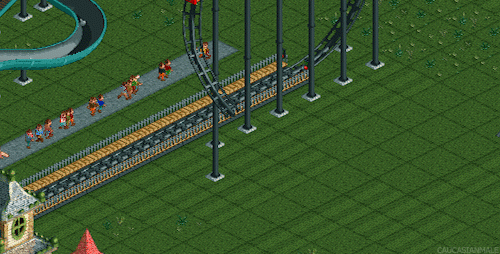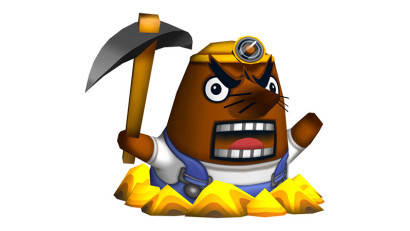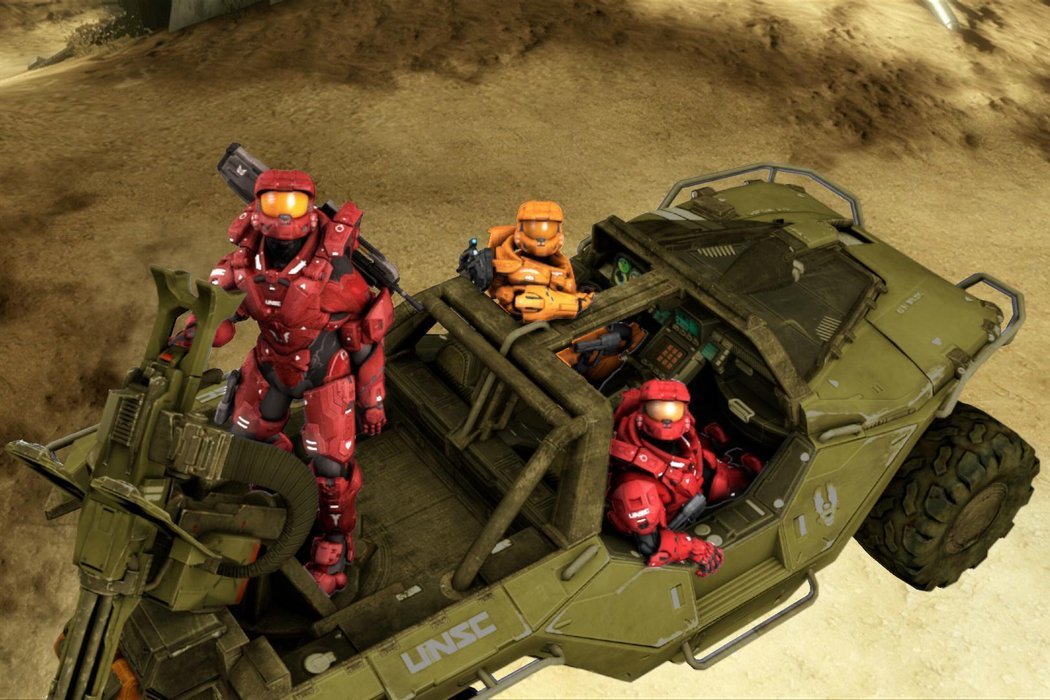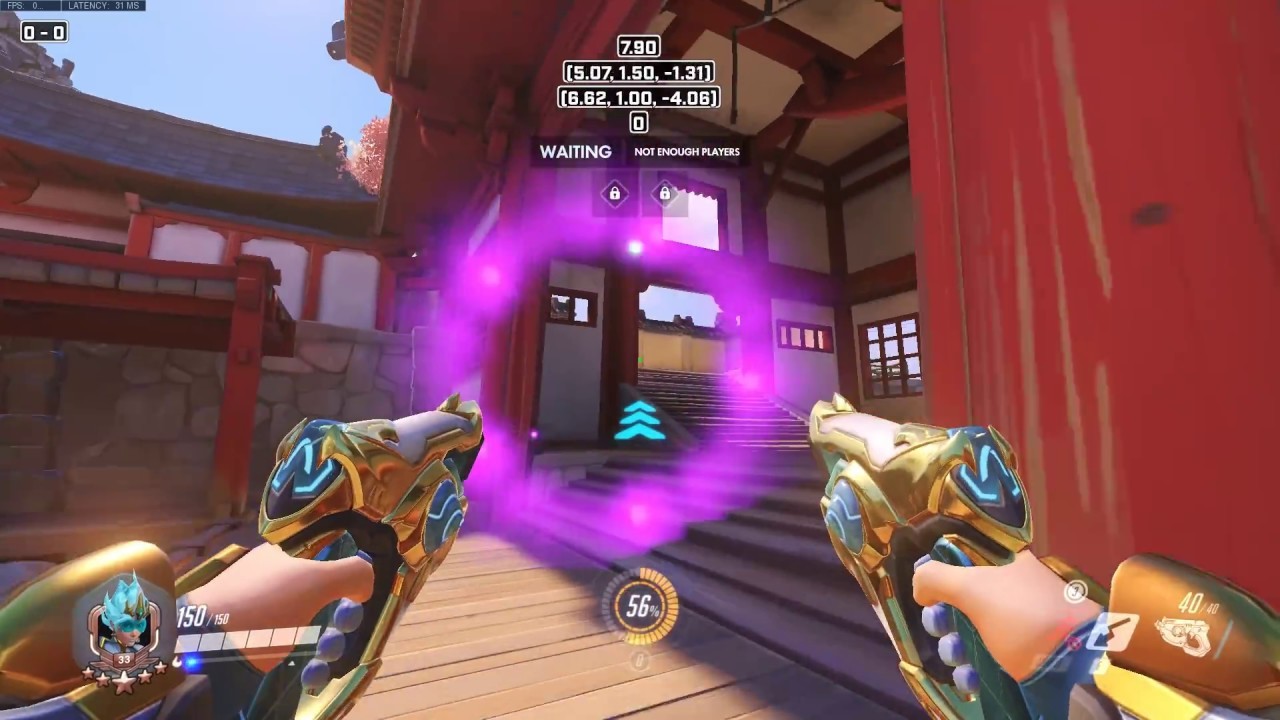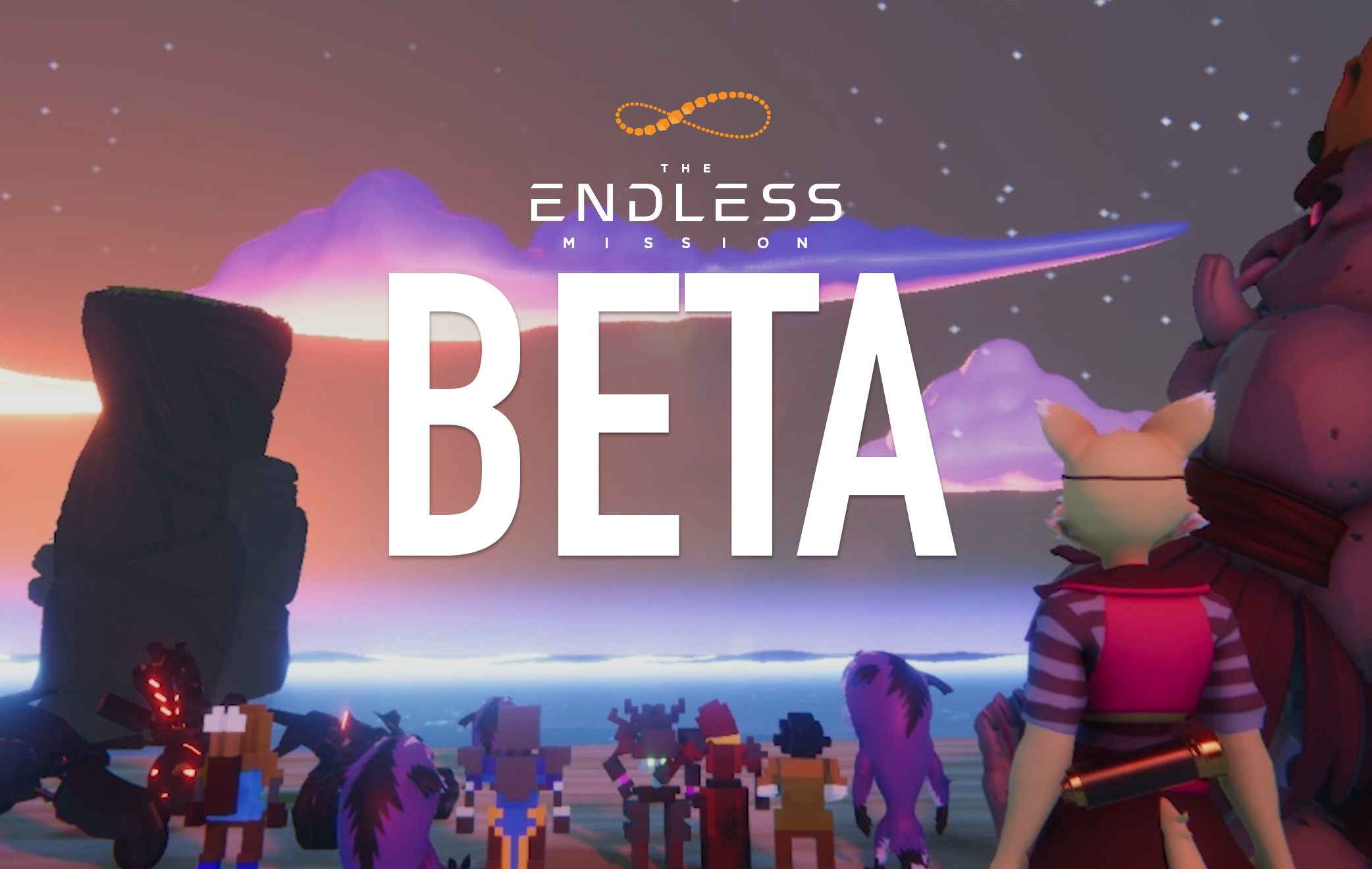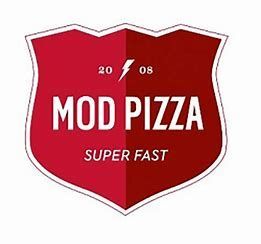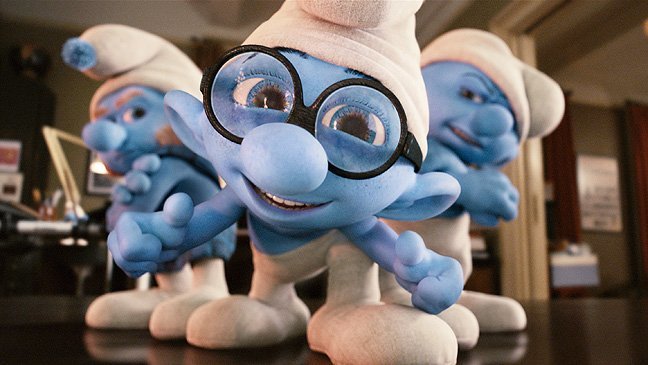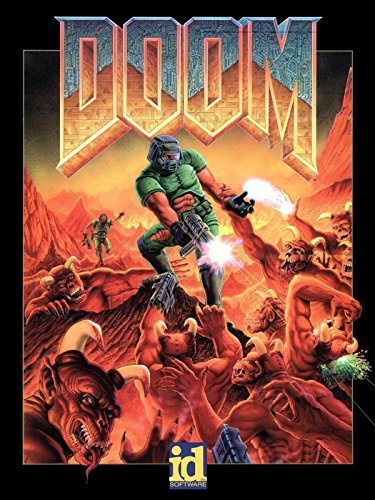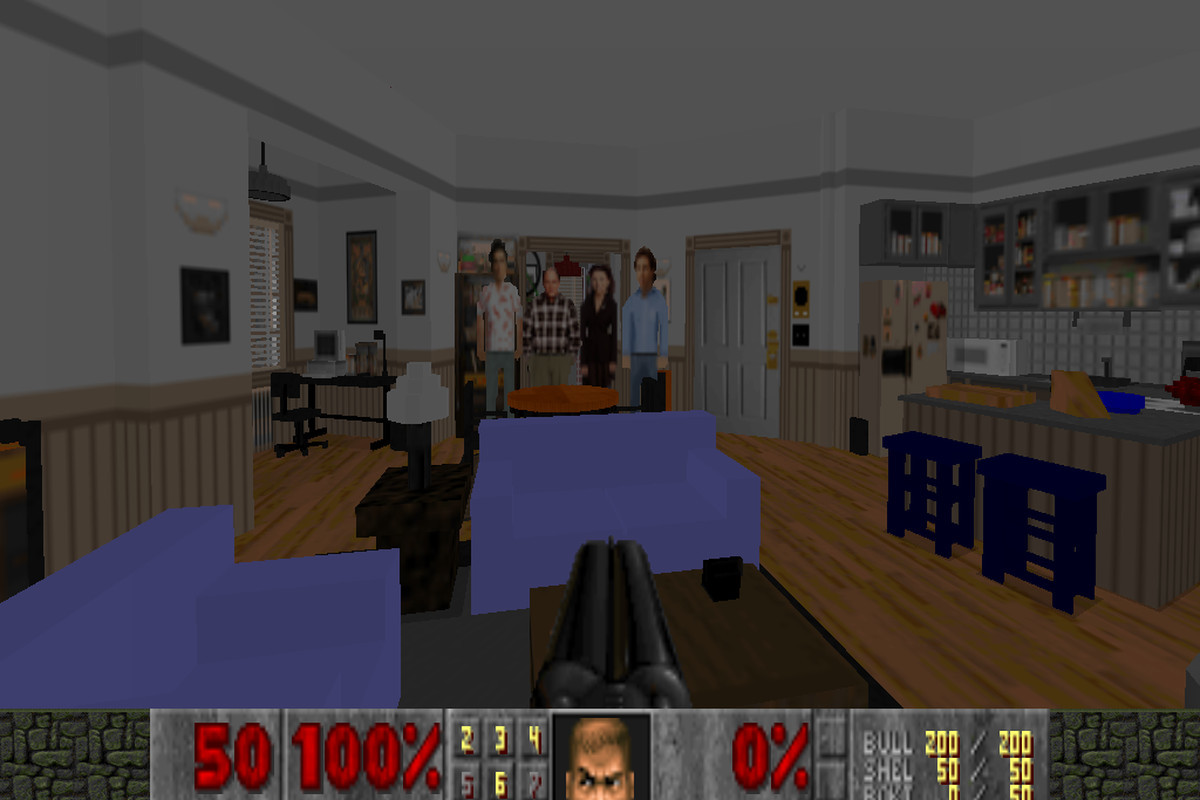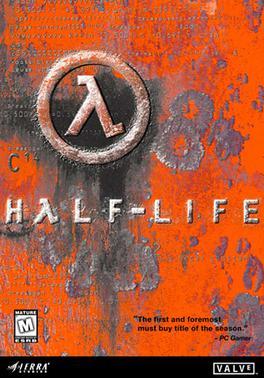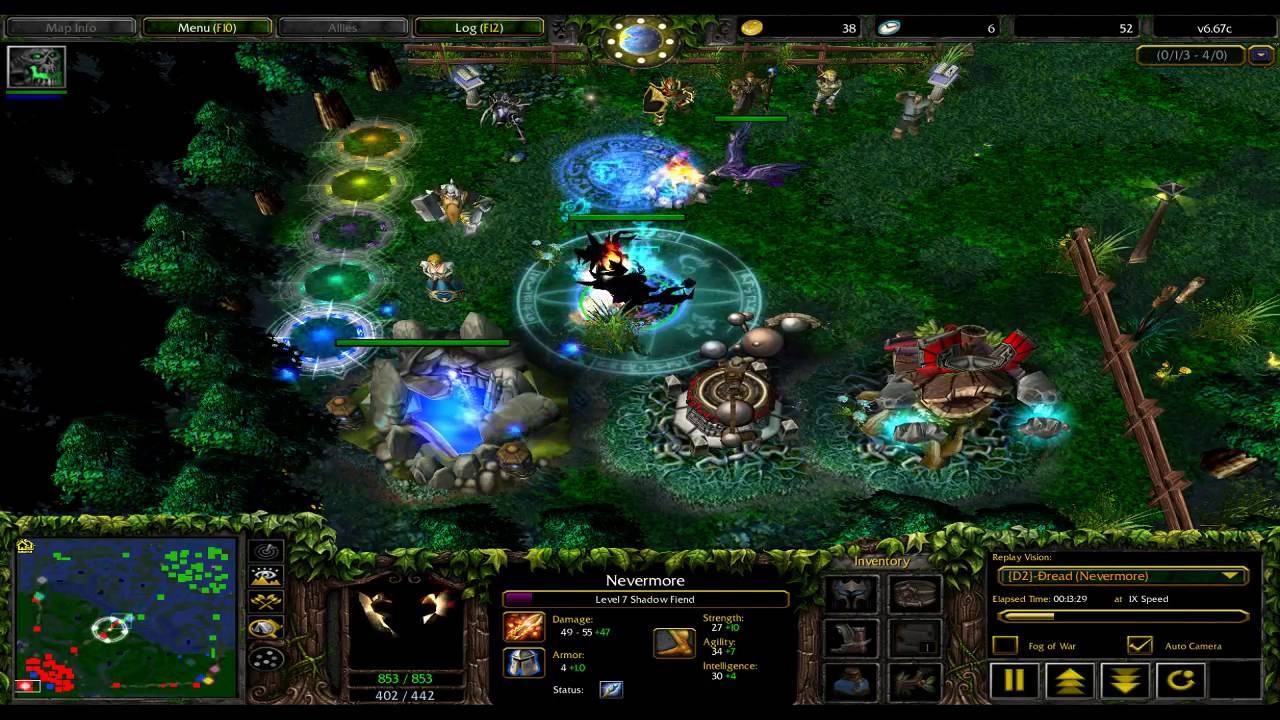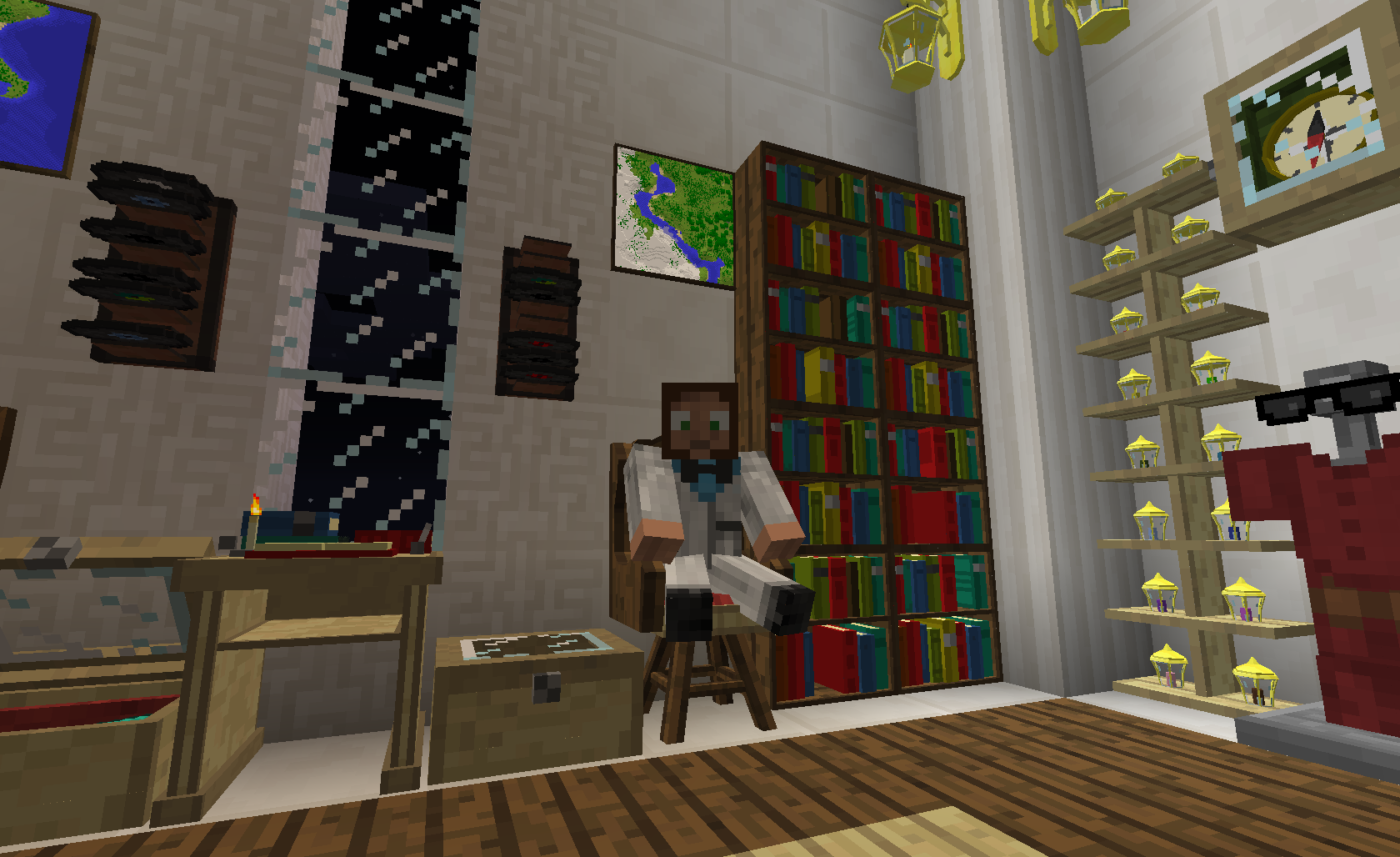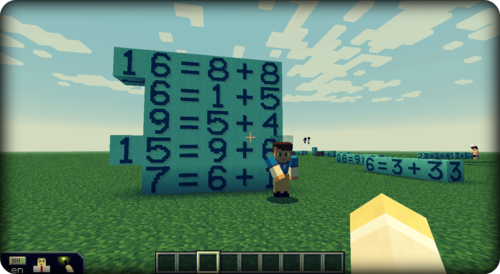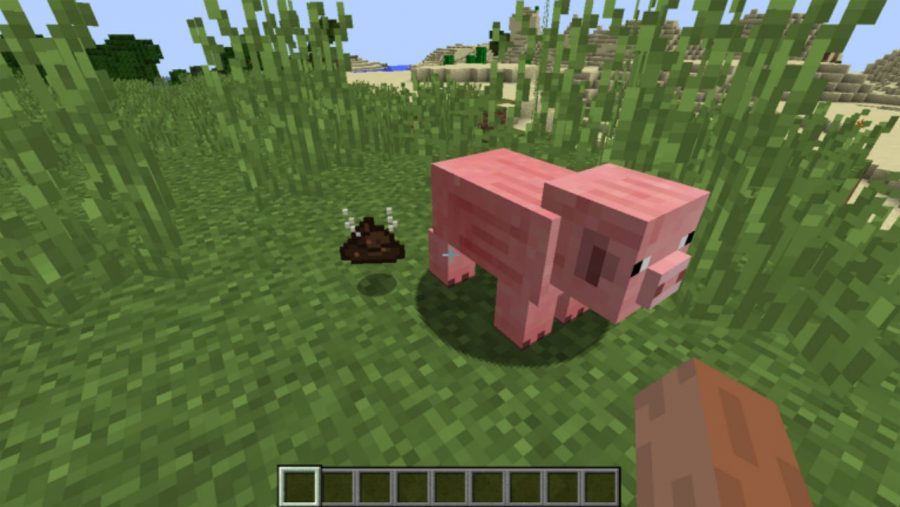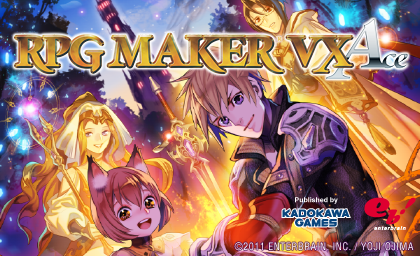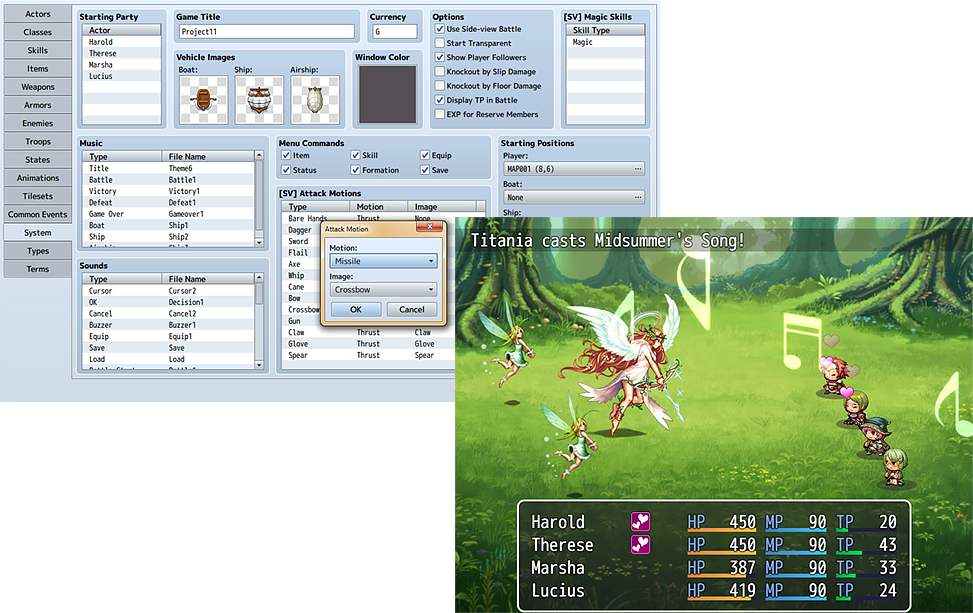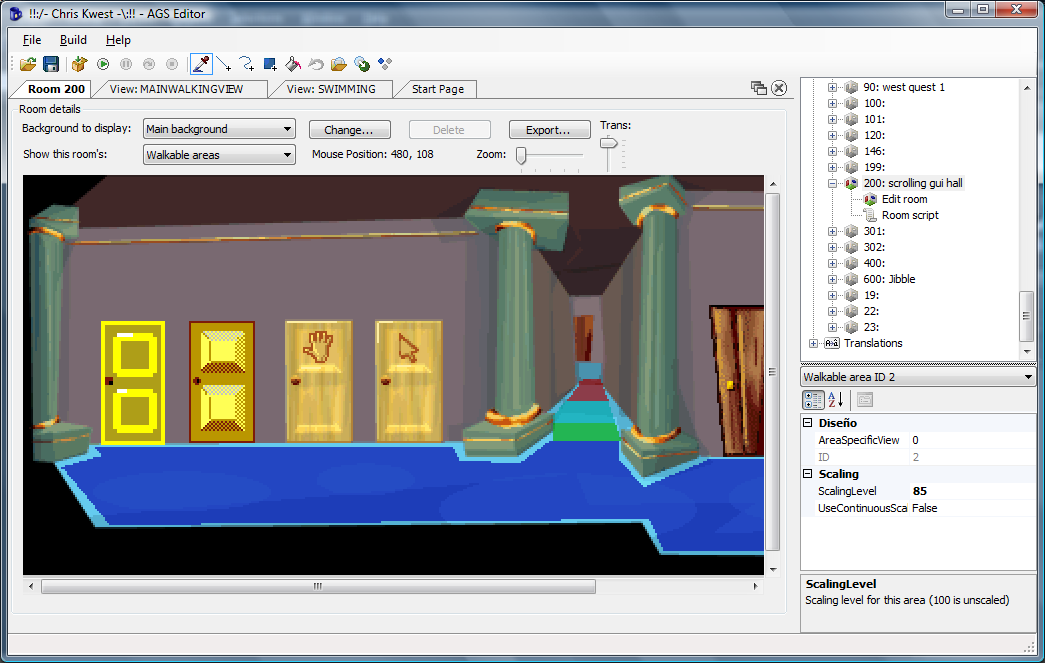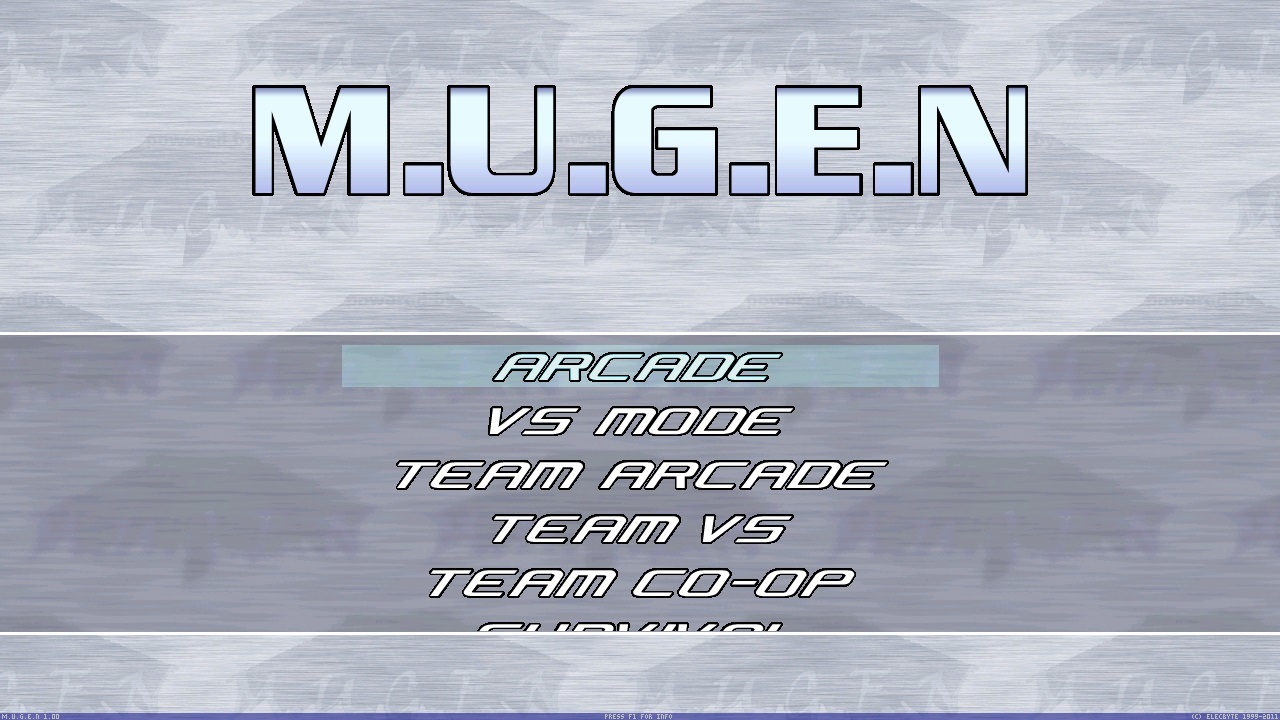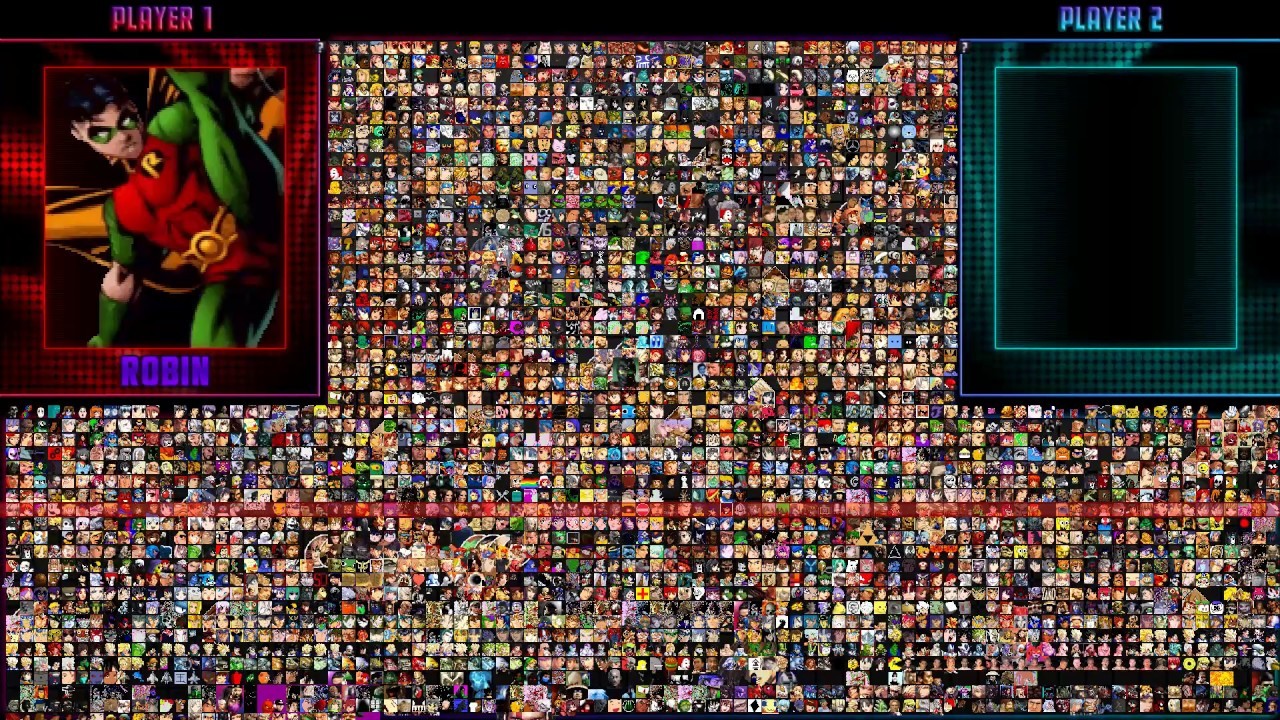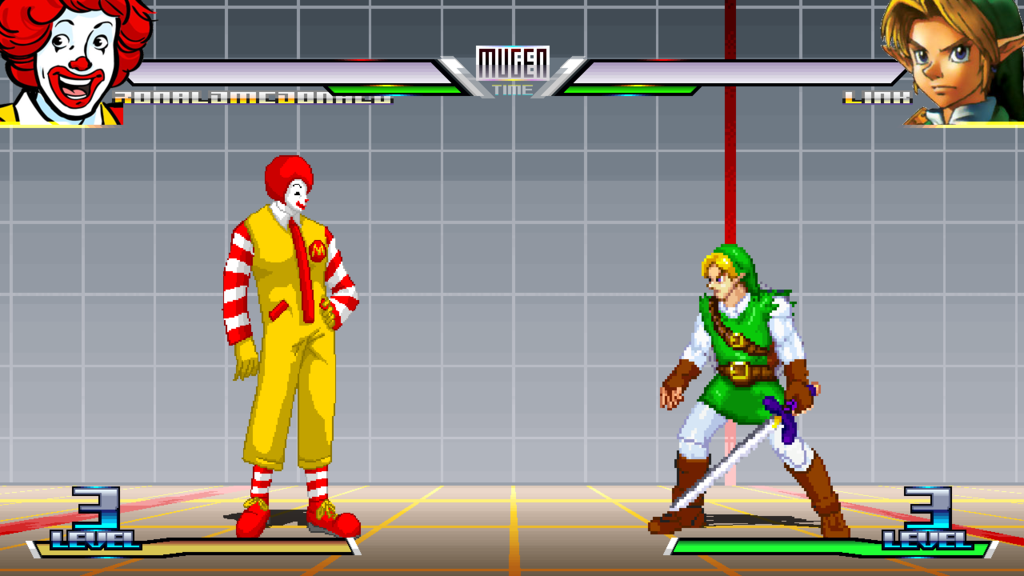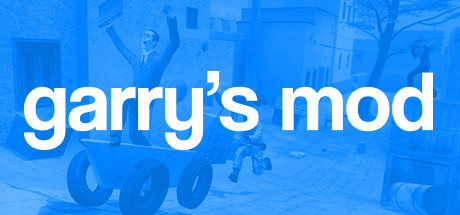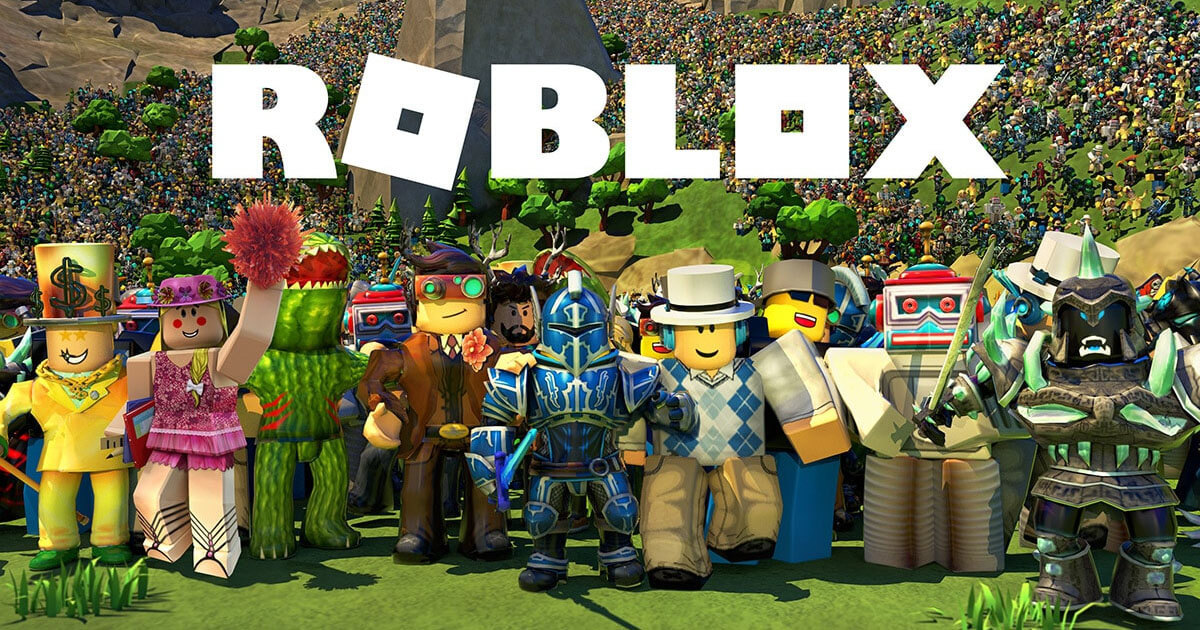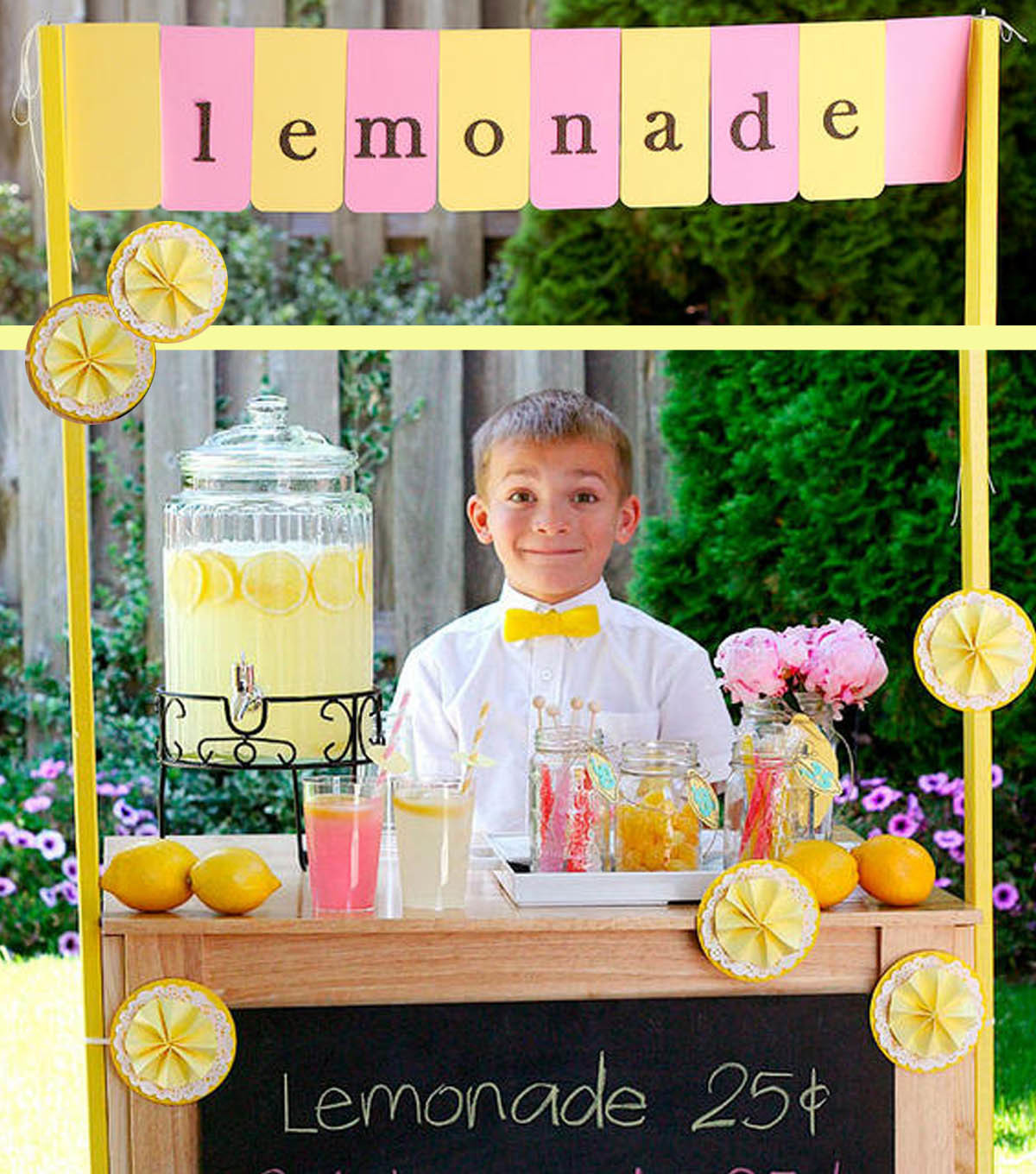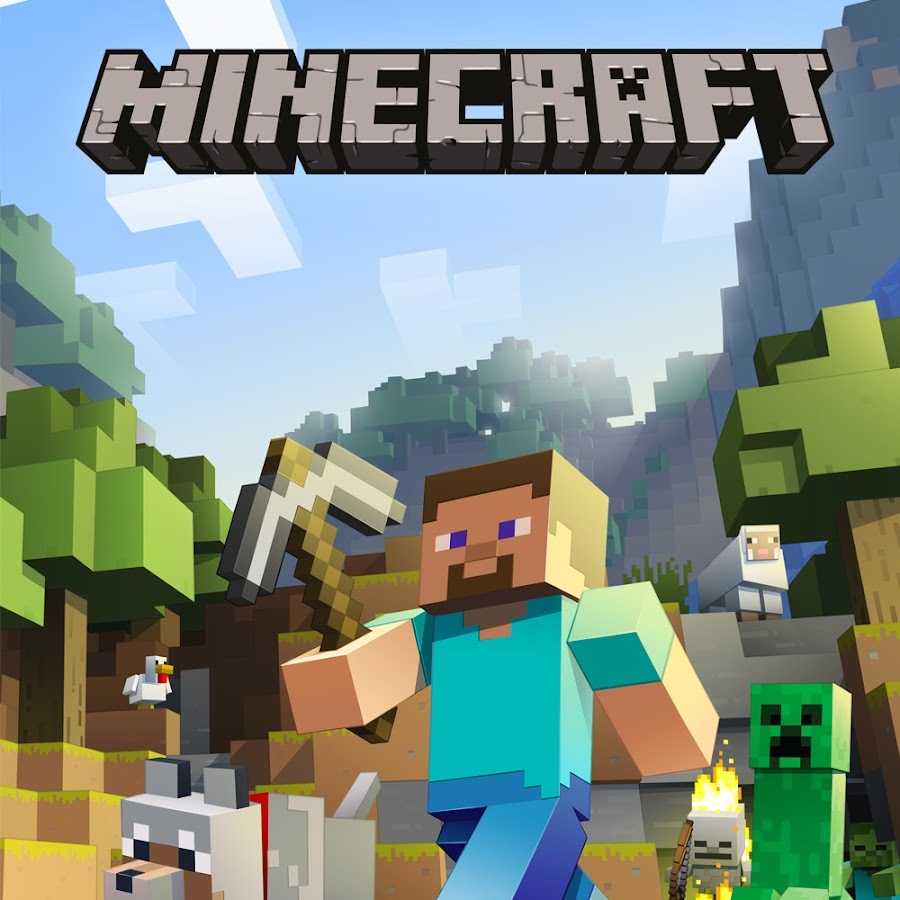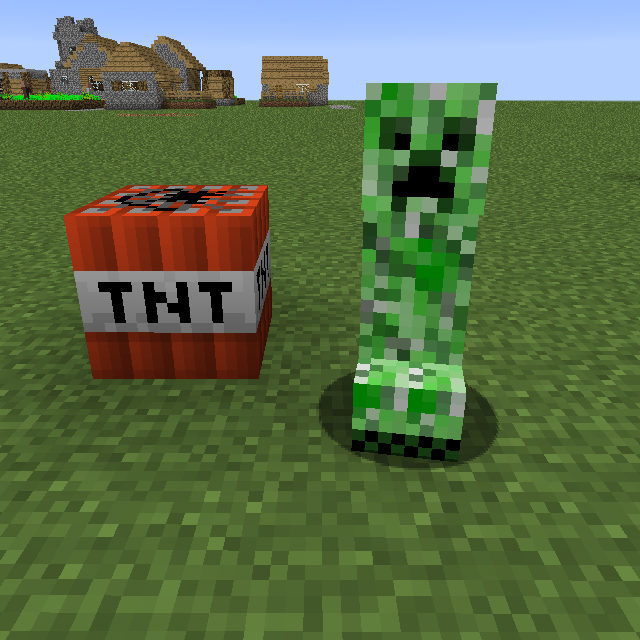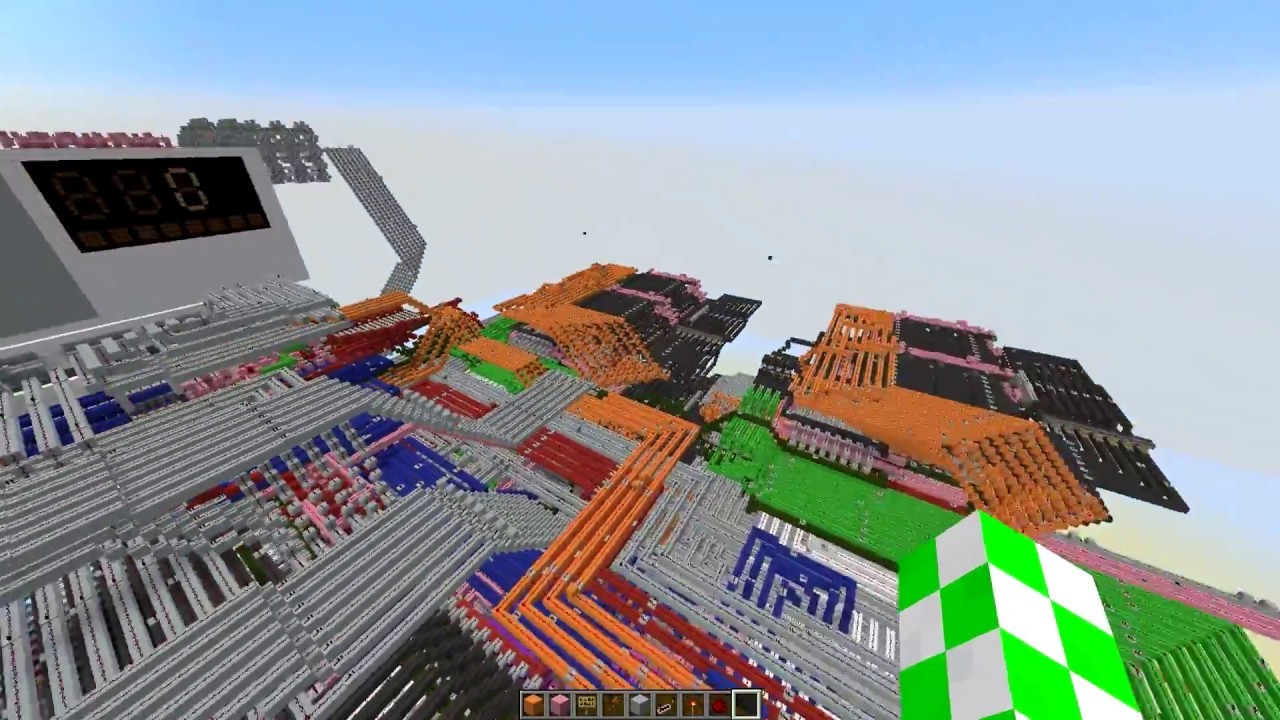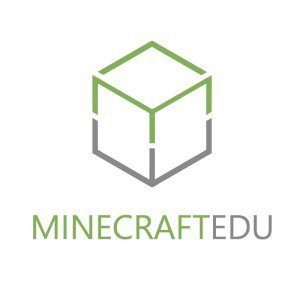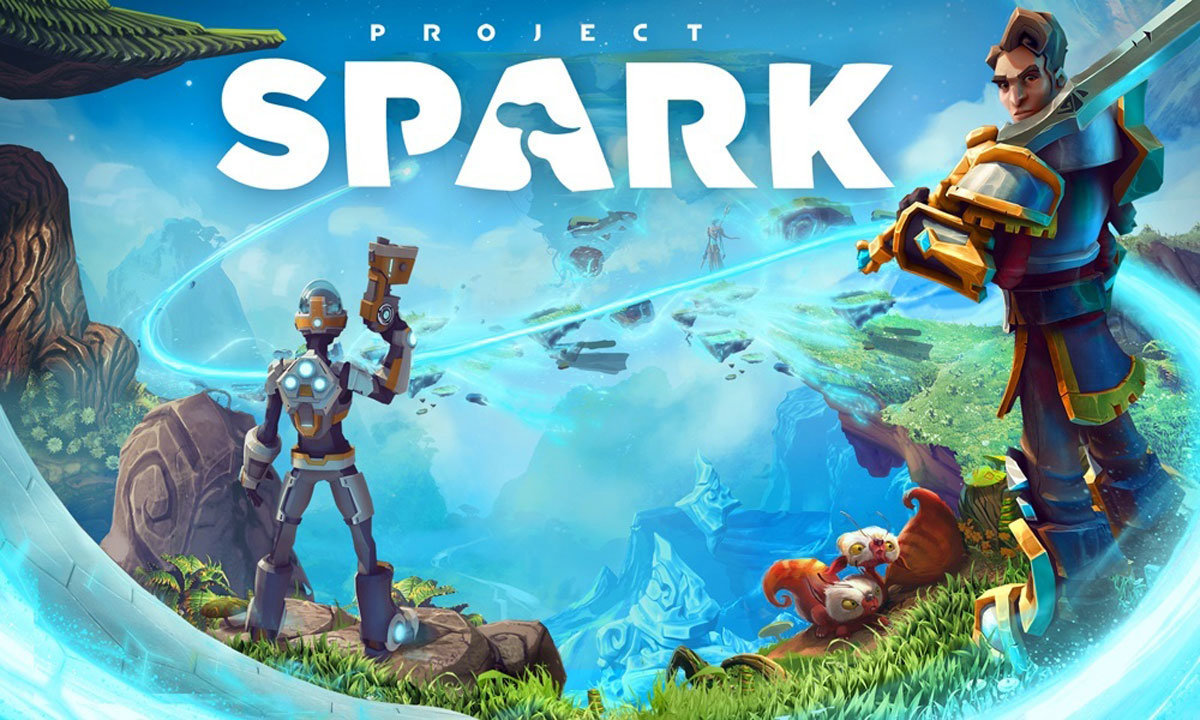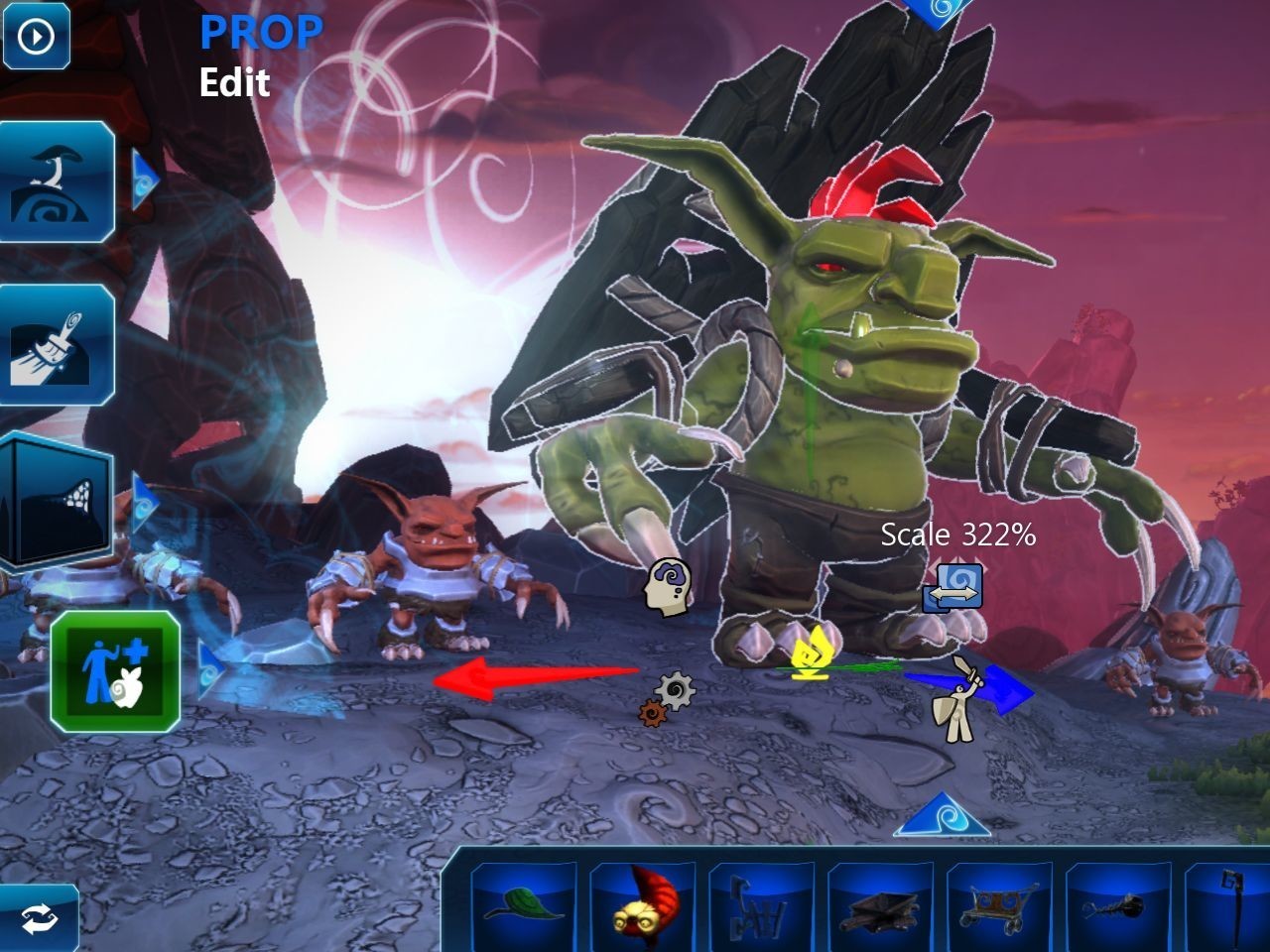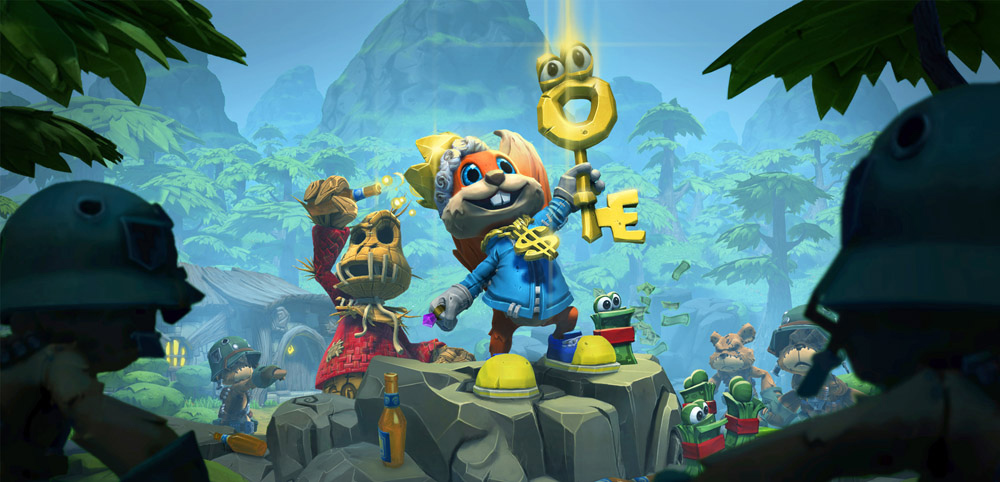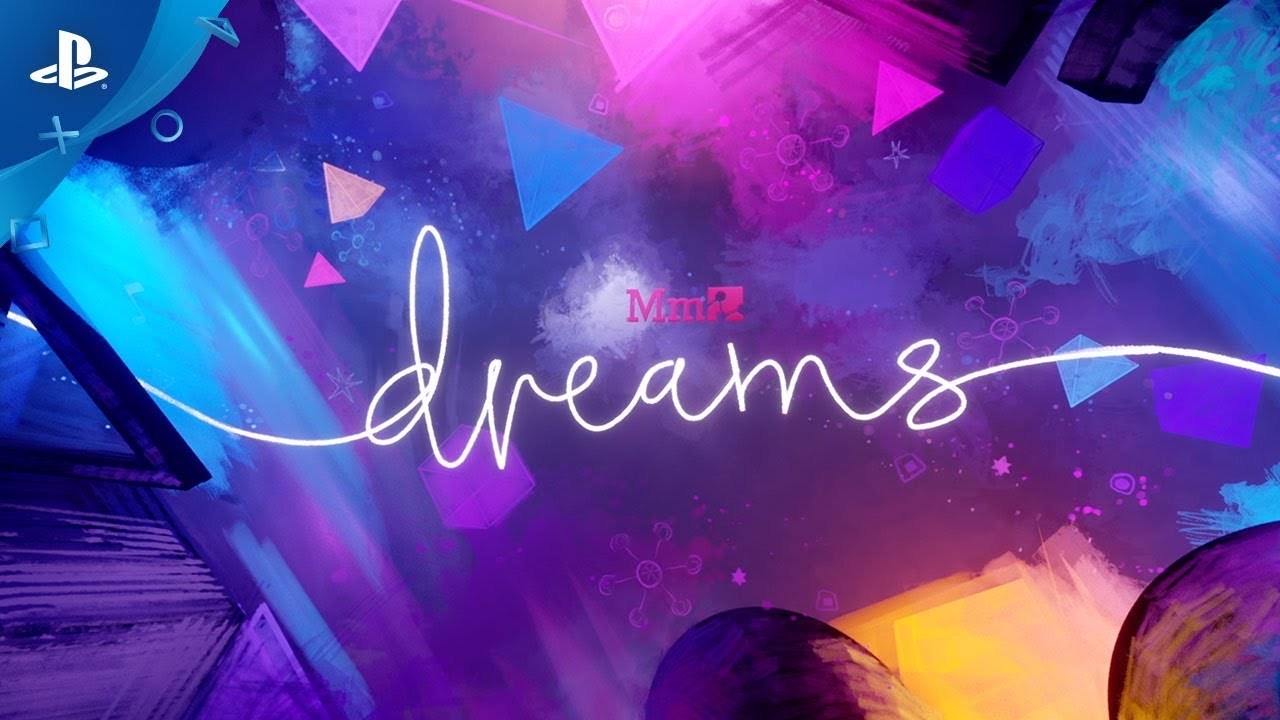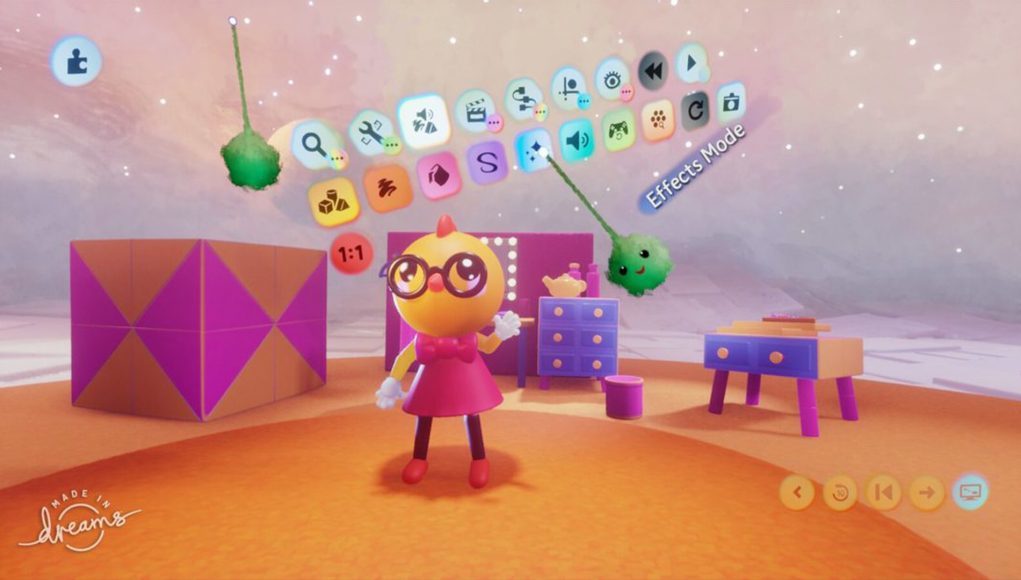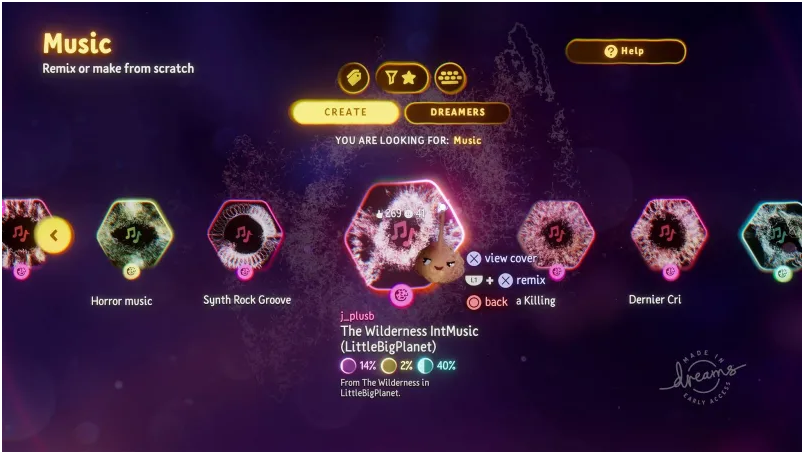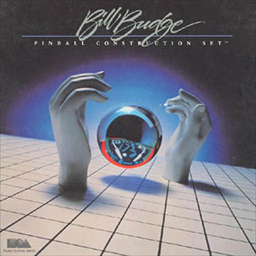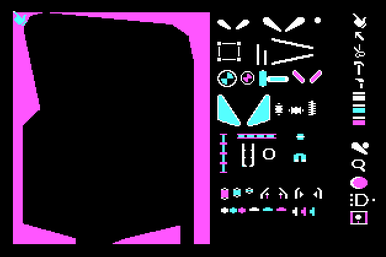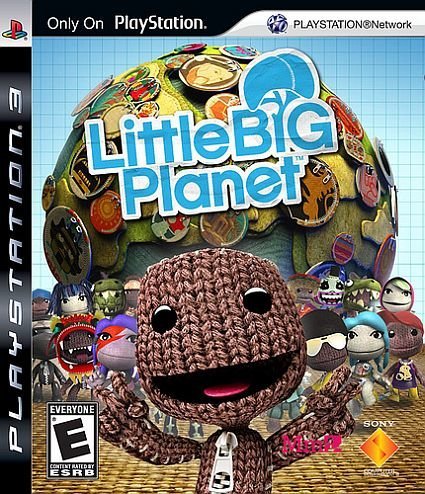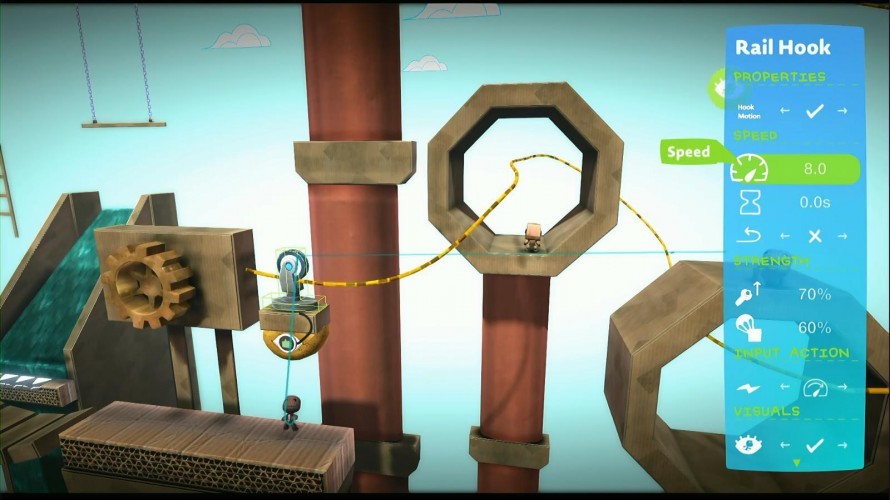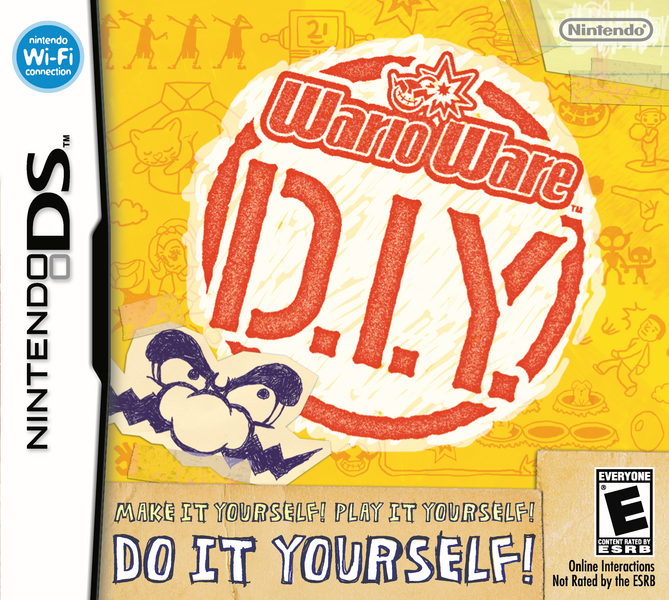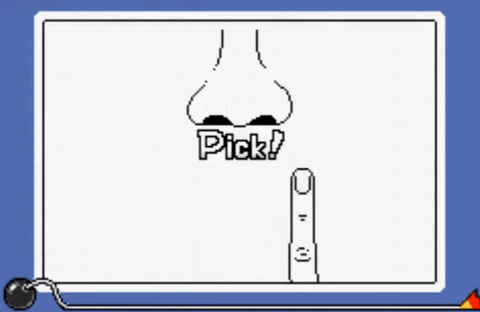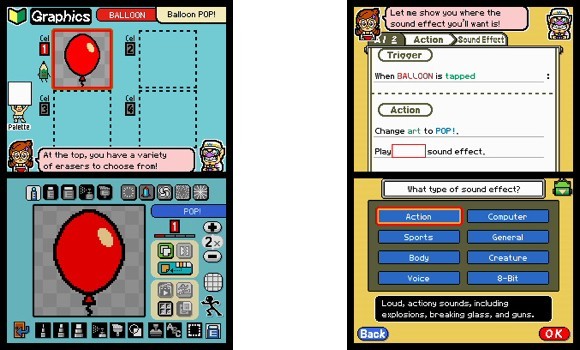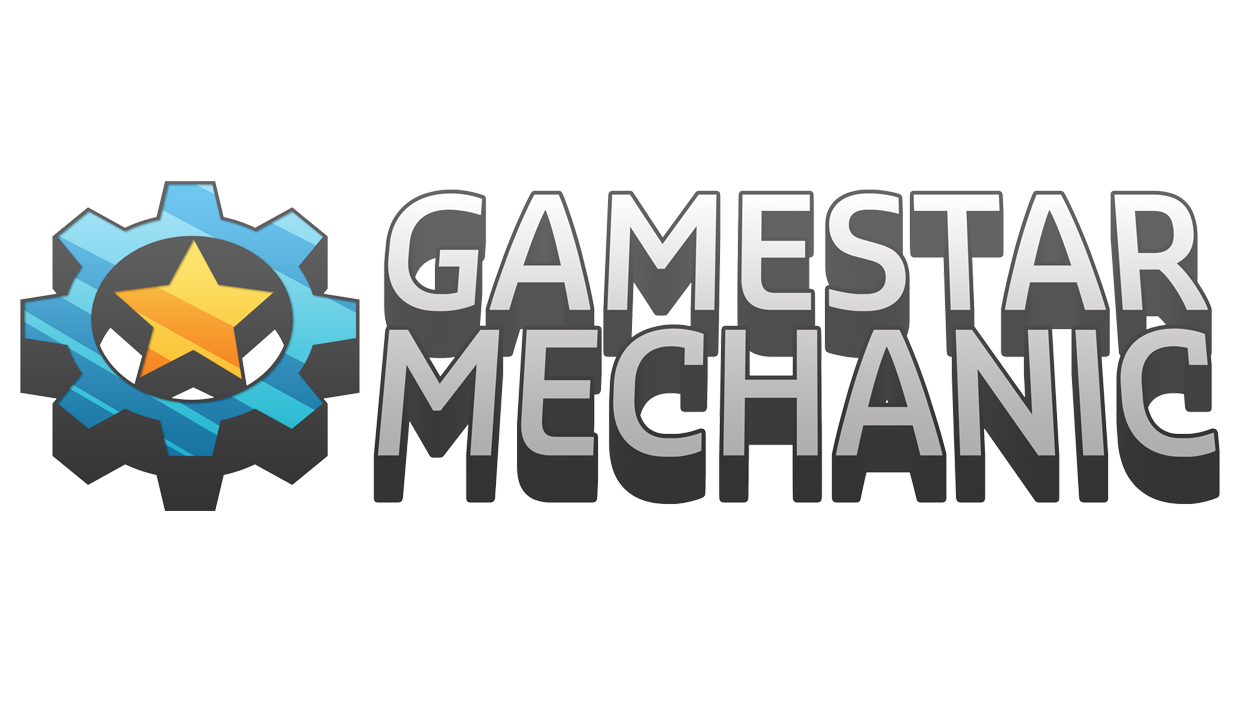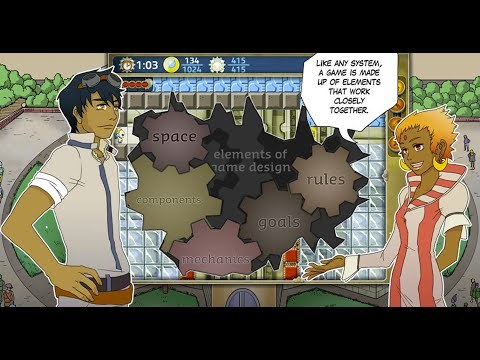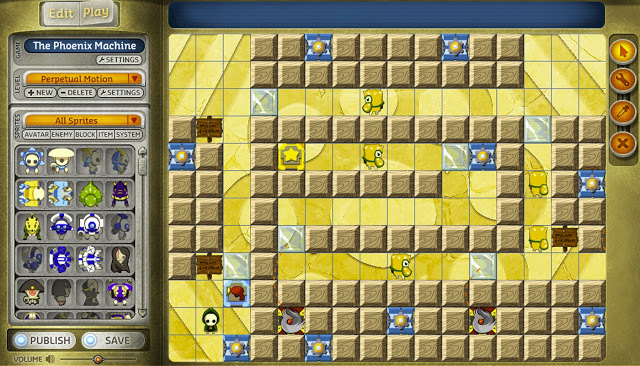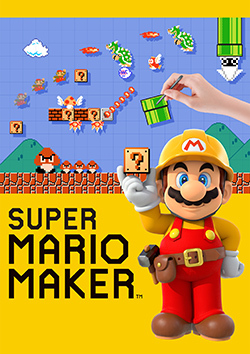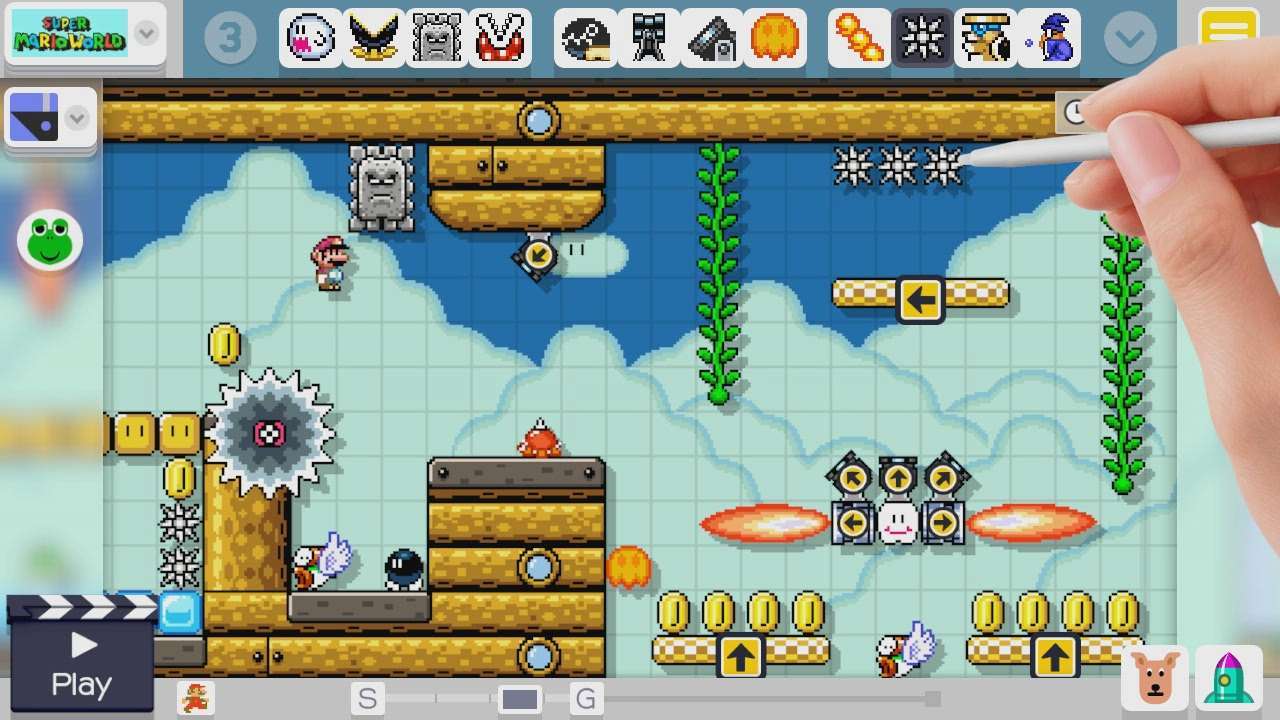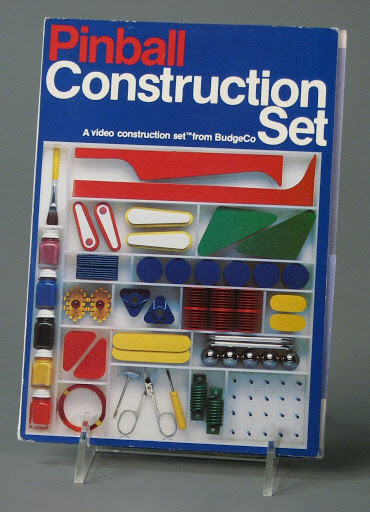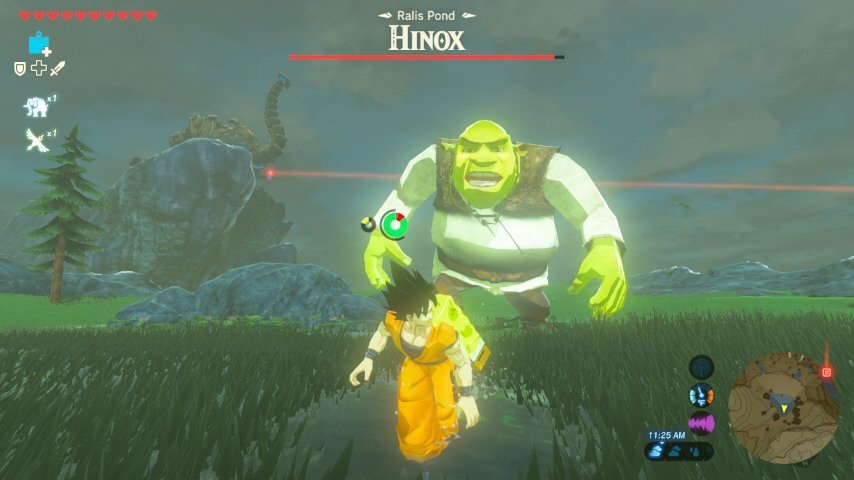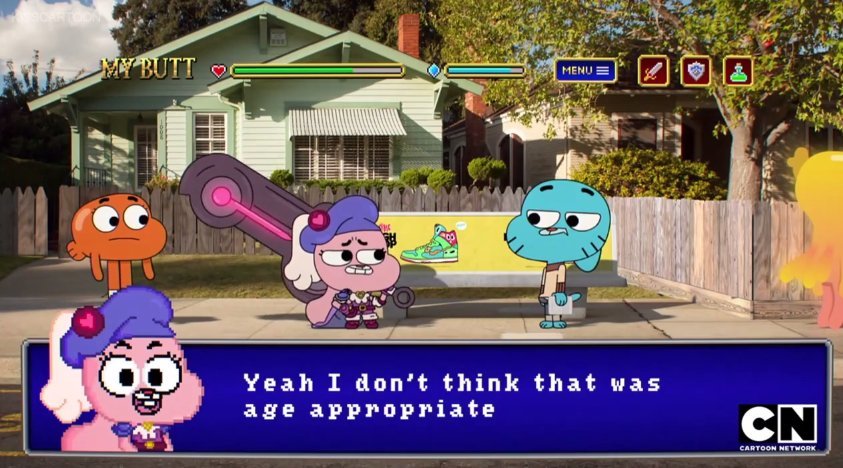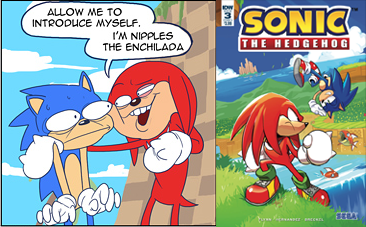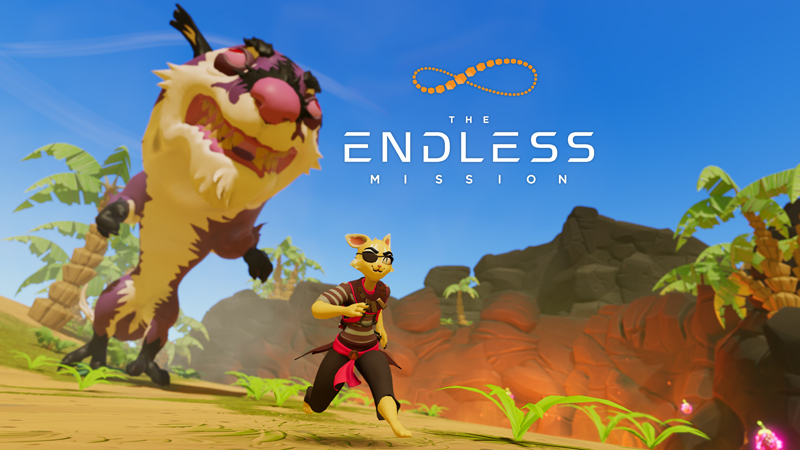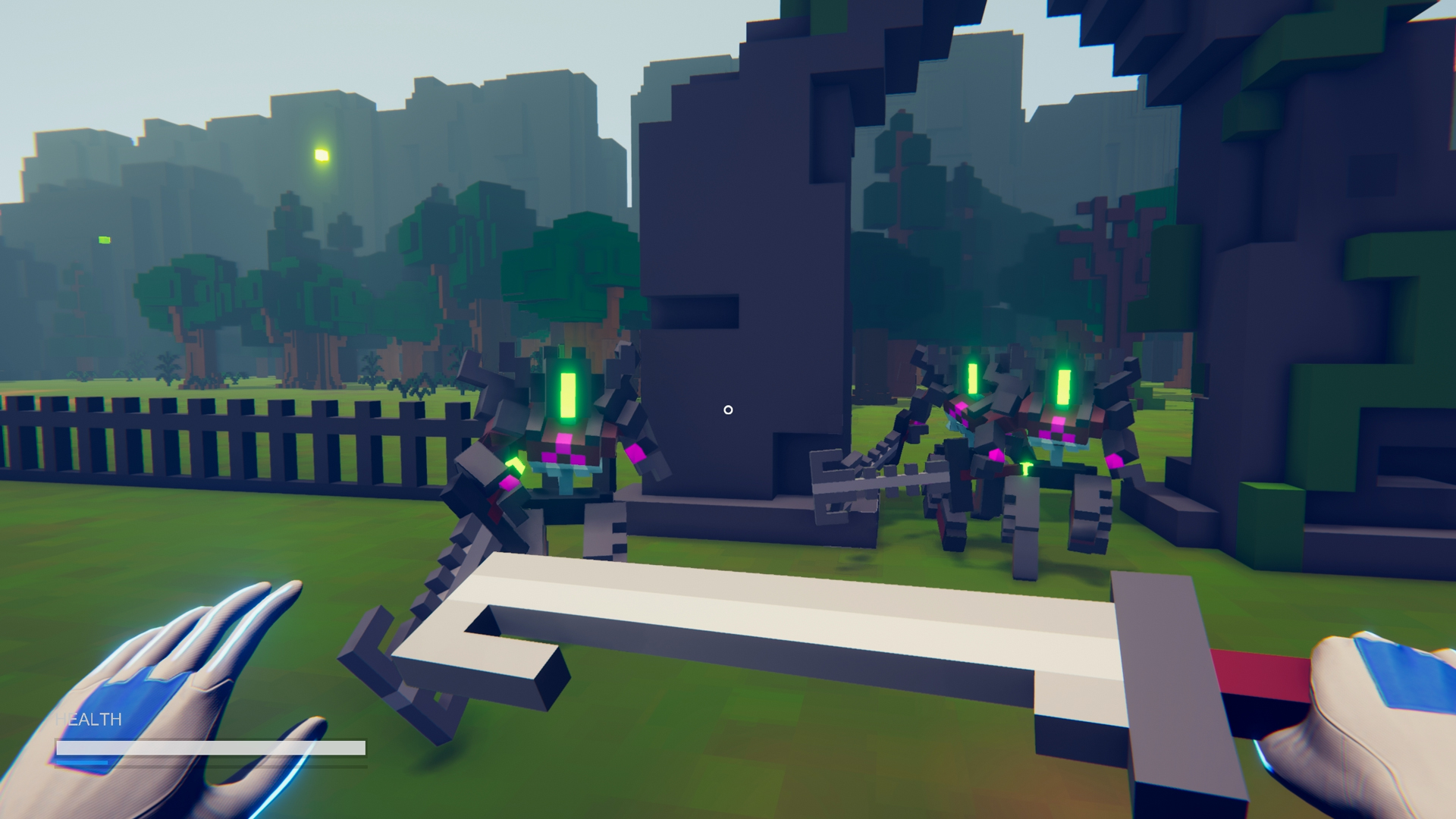
Jul 10, 2019
The Endless Mission - TheEndlessMission

Well, here we are. The final article of this series. It’s been quite a journey - we laughed, we cried, we had a heartfelt montage set to a song by Phil Collins. Over the past few weeks, we’ve been looking at the history of User Generated Content and all the myriad ways that it presents itself in video games, from level editors to full-blown game creation kits. UGC has come a long way since 1983’s Pinball Construction Set, with each game and piece of software building on everything that came before it. For our final article in this series, however, we will be looking forward instead of back. It’s time to see what kind of changes and innovations are in store for UGC in the future.
… And by “the future” we, of course, mean “The Endless Mission”.

Pictured: Our Marketing Team, excited that we’re finally talking about OUR game for a change
You Gotta Walk Before You Can Run (And The Endless Mission Lets You Do Both)
A lot of games with UGC features in the past came with limitations: In Super Mario Maker, you’re making levels specifically in the Super Mario template. Whatever you create in Halo 3’s Forge will always be used in the context of a multiplayer FPS. This is great for folks who are just starting out, as all the framework has been laid out for them, so they can focus solely on one or two aspects. You don’t have to know how to code up a fighting game just to make stages in Super Smash Bros. However, this also means that you can never expand beyond these limitations - no amount of creativity or ingenuity will let you make a racing game in Rollercoaster Tycoon (no, the go-kart track doesn’t count). Meanwhile, other UGC-heavy software goes in the complete opposite direction, tossing you into the deep end with no way to scale back. Sure, RPG Maker will let you build an RPG from the ground-up, but you always start with a blank canvas. Want to just add an extra dungeon onto a preexisting RPG, with all the pre-established mechanics in place? Sorry, no can do. Better start learning code. And math.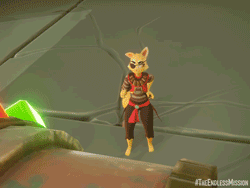
The only appropriate reaction to realizing you’ll have to use math
One of the goals of The Endless Mission is to break down these barriers and have every level of UGC complexity available in one game. You can start out loading up prebuilt games and making minor changes - adjusting some variables here, placing an extra power-up there, and so forth. Or maybe you start by doing a simple find-and-replace mod where you take out all of Enemy A and replace them with Enemy B. One you’ve mastered that, you can move onto crafting entire levels from scratch. All the behind-the-scenes code necessary for the game to behave the way it should is already there without you having to write it up, but everything about the level itself, from geometry to enemies to mechanics used, is up to you. The ultimate goal, of course, is to not have to rely on any prebuilt code at all. If you want to build a game entirely from the ground up, writing your own code and using your own assets, The Endless Mission will let you do that.
This sense of progression -- this pipeline from minor edits to crafting entirely original games -- is the crux of The Endless Mission. Our hope is that someone with absolutely zero experience in coding or game editing can pick up The Endless Mission and, after spending enough time with the game, can create something that is completely, uniquely theirs. The Endless Mission will turn players into creators in ways that no other game has done before.
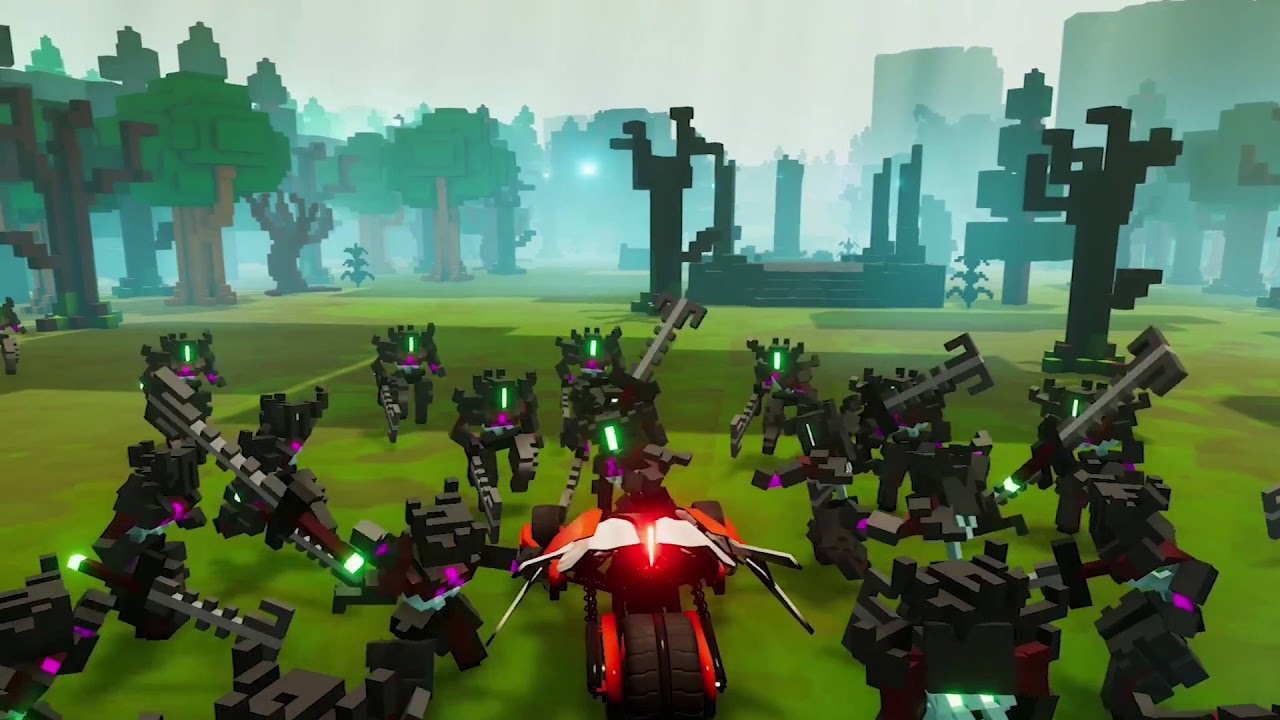
Today, you’re putting a fully-controllable race car in an otherwise-standard RTS just for a laugh. Tomorrow, you’ll be making a car-based RTS from scratch because that joke ended up being actually fun. That’s the power of The Endless Mission (and cars).
An Endless Unity of Games and Engines
… Yeah, we might’ve forced that title a bit, sorry.One of the biggest roadblocks with games that have UGC features has always been the fact that not all the skills one learns while using those features are transferable to other platforms. Sure, conceptual lessons like “treat the player fairly”, “playtest and iterate”, and “please stop using the editor to make naughty images” can and should apply across multiple games (especially that last one), but knowledge regarding specific toolsets and their strengths and weaknesses do not. It doesn’t matter how much you know about using Dreams or the insanely awesome content you’re able to craft in it (and you can indeed craft some insanely awesome things) - the moment you move onto another game, you’re back to square one. Not even game making tools are immune to this - move from Adventure Game Studio over to M.U.G.E.N, and you have to learn an entirely new interface and non-standard coding language just to get up to speed.

The pineapple symbolizes a new UGC Tool. Captain Blackclaw symbolizes the huge leap that’s required whenever you want to learn a new tool. Our High School Lit teachers would be proud.
Again, making the skills you learn be transferable to other applications was a major goal for us when creating The Endless Mission. We wanted it to be so that anyone who mastered The Endless Mission’s full editor (after working their way up to it - see the previous section) would be able to move onto other, professional game-making tools without missing a beat. How do we plan to accomplish this? Well, The Endless Mission is created in Unity, one of the biggest and most-used game engines in the world. Why not simply base our in-game editor on what we used to create it?

If The Endless Mission’s editor looks familiar to you, congratulations! That was totally the point.
When creating the editor for The Endless Mission, we based many of its features on what Unity already uses. Concepts such as dividing the game up into scenes, having a game-wide hierarchy, tools like the library or inspector, and even the decision to use C# as the editor’s default programming language are all based on what Unity uses. In short, The Endless Mission’s editor is essentially a “shell” around Unity - a Unity editor inside a Unity game.
The end result of all this? We believe The Endless Mission is the perfect on-ramp to learning Unity, as well as other similar professional game engines. Everything in our editor has a direct counterpart in Unity, simply streamlined to function within our game. Whatever lessons and concepts you learn while using our tools will be directly applicable should you choose to move onto Unity. This is called having a transferable skill set, and it’s what sets The Endless Mission apart from the UGC-focused games that came before it: If you can master The Endless Mission at its most complex, you will already have everything you need to master Unity, and the learning skill to pick up other engines.
In Conclusion…
User Generated Content has come a long, long way since the days of Pinball Construction Set, Lode Runner, and Castle Smurfenstein. What once was just unofficial mods and basic level editors has paved the way to creating full games and other experiences, and it is our hope that The Endless Mission will continue this proud tradition. For us, it’s not just about giving players the power to create whatever they want, but the resources to learn content creation at their own pace and the ability to use that knowledge, both conceptual and technical, outside of the game. We want The Endless Mission to not just be the next generation of UGC-focused games, but the first one to provide a means - not just the desire - for players to turn their creativity into a career, with a community that will help and support them every step of the way.
What will you make in our game? The possibilities are simply... endless (... yes, we’ve been sitting on that pun until just the right moment)
Thank you for joining us on this journey through the history of UGC. We will be starting a closed beta very soon for those of you who signed up for it, and we will officially launch into Early Access not long after. Here’s to the future of User Generated Content, and we hope to see you all soon in The Endless Mission!
https://store.steampowered.com/app/827880/The_Endless_Mission/






